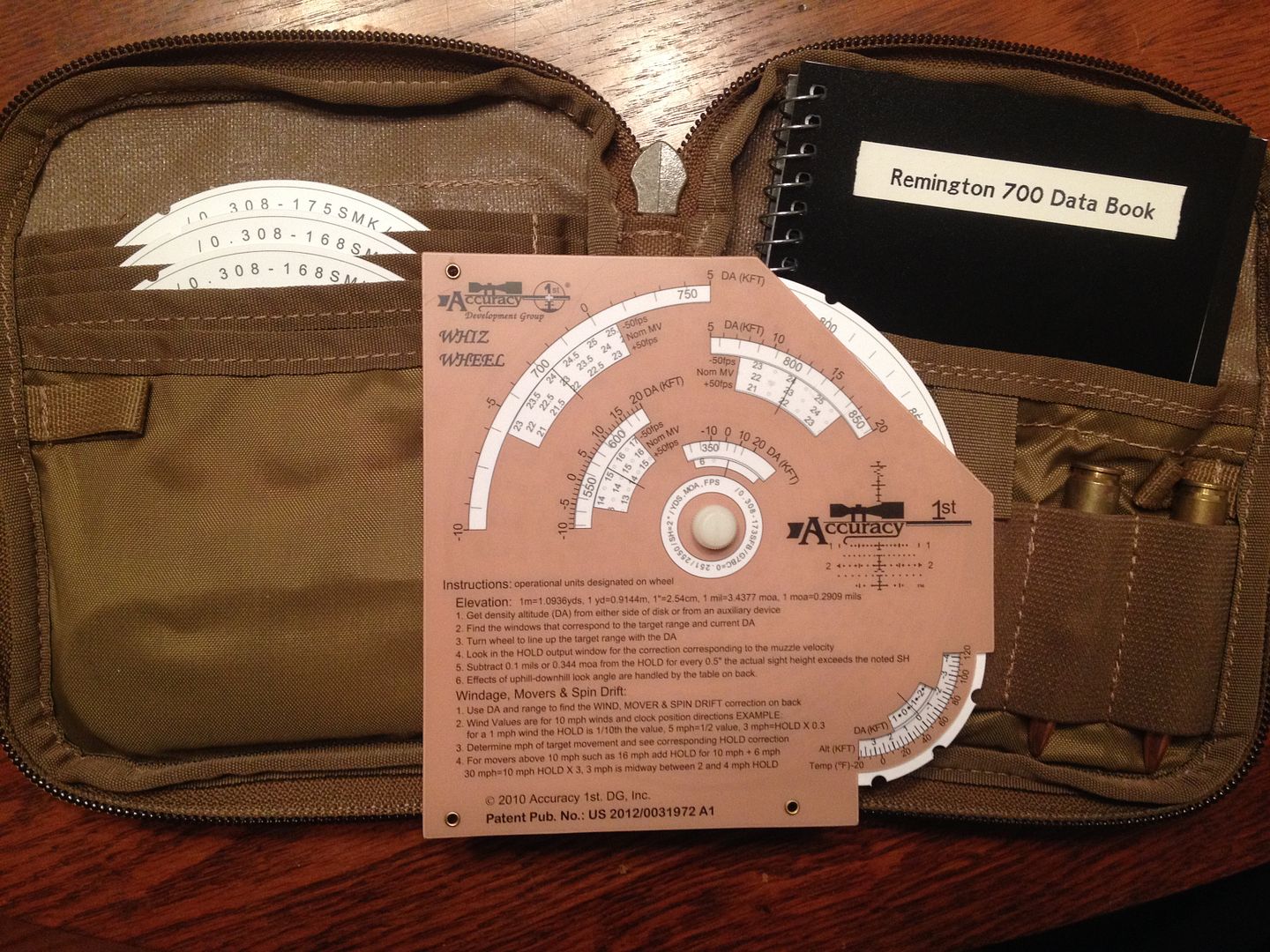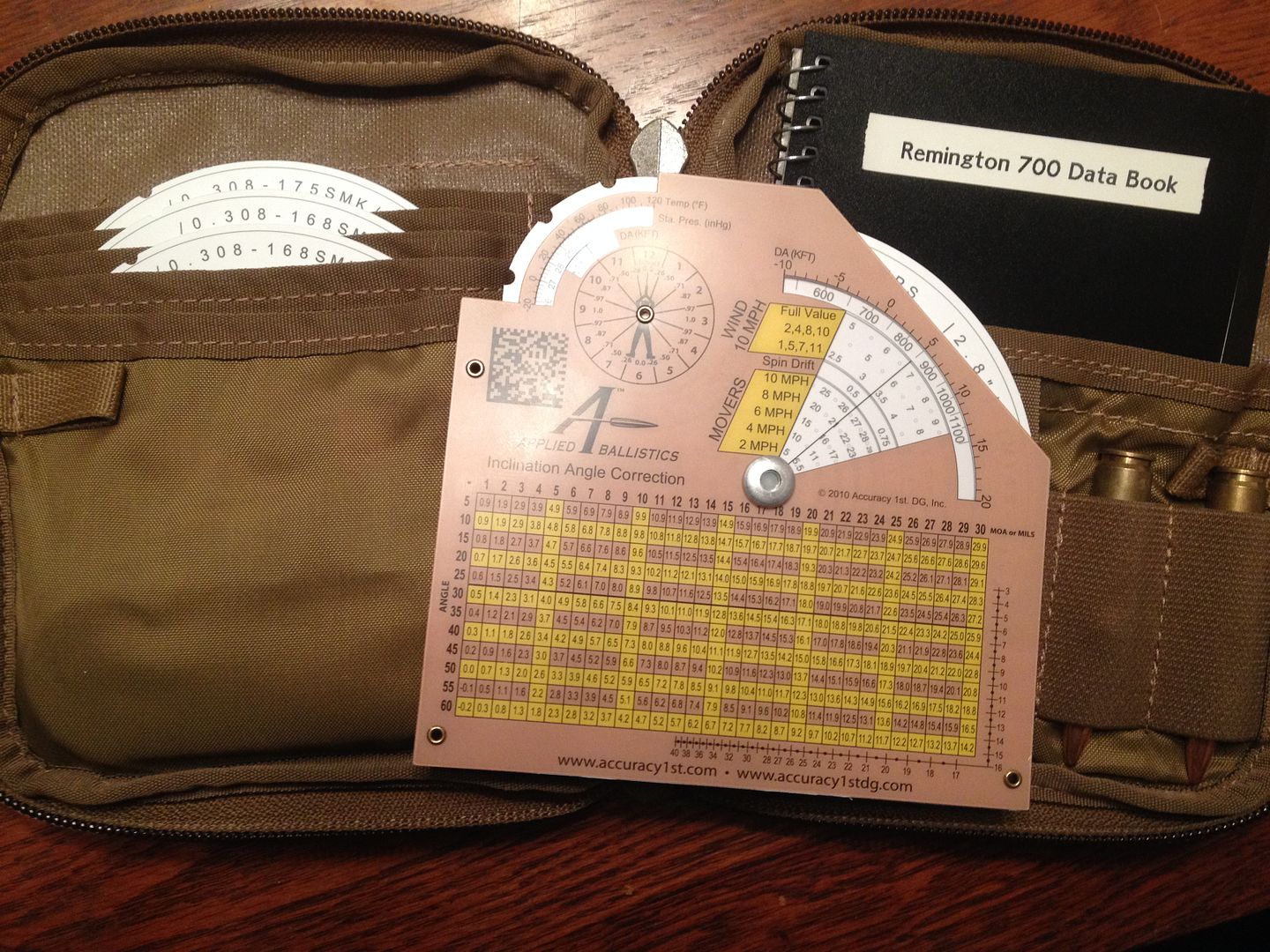I've tried a few over the last few years, but my p[reference is Ballistic AE (AE=advanced edition).
The math is pretty much the same on all of them, but it's the interface that makes or breaks an app as a usable tool and that's where I've found Ballistic AE to be superior.
You can calculate trajectories based on a specifics bullet's weight and BC or by published commercial load data, and the libraries for each are very large.
You can generate the data based on a number of ballistic models, chronograph distance (for velocity correction), zero range, height and offset, line of sight angle, cant angle, both current atmosphere and zero atmosphere, and wind configuration including different winds at different distances across the range. You can set sight height, vital zone radius, zero distances, select Mil or MOA elevation and windage corrections and turret adjustment values and spin drift and corollas values - and best of all you can totally ignore all of the items above that don't matter to you.
You can also output trajectory charts, windage charts and trajectories by altitude and angle.
You can save a large number of the ballistic profiles as favorites in an easy to access format.
If you have a specific reticle, you can import that reticle and then see exactly how much distance a given target size would subtend in the reticle (a range estimation function)
It also has a HUD feature that will provide windage and elevation corrections based on the selected ballistic profile (the load you are shooting) and the current conditions - temp, wind, range, etc.
----
With that said, I mostly use an iPhone app in load development, planning or preparation, rather than in the field.
In the field, I prefer not to have to rely on batteries, etc. My preference there for long range precision shooting is to use a rotary slide rule /whiz wheel ballistic calculator that works the same way for a shooter as an E6B does for a pilot or navigator.
My favorite there is Accuracy Development's "Whiz Wheel".


You can configure the wheel based on the specific velocity and bullet for your load, and change the wheels when you change the load or rifle. It will provide elevation and windage data as well as lead data for moving targets and corrections for inclination angle, and it's very fast and easy to use in the field.
It's easy to set up for current altitude or barometric pressure and it's also easy to "true" the data based on observed results in the field.
I received a couple others over the years for evaluation purposes but none of them offered utility and ease of use as this one.
